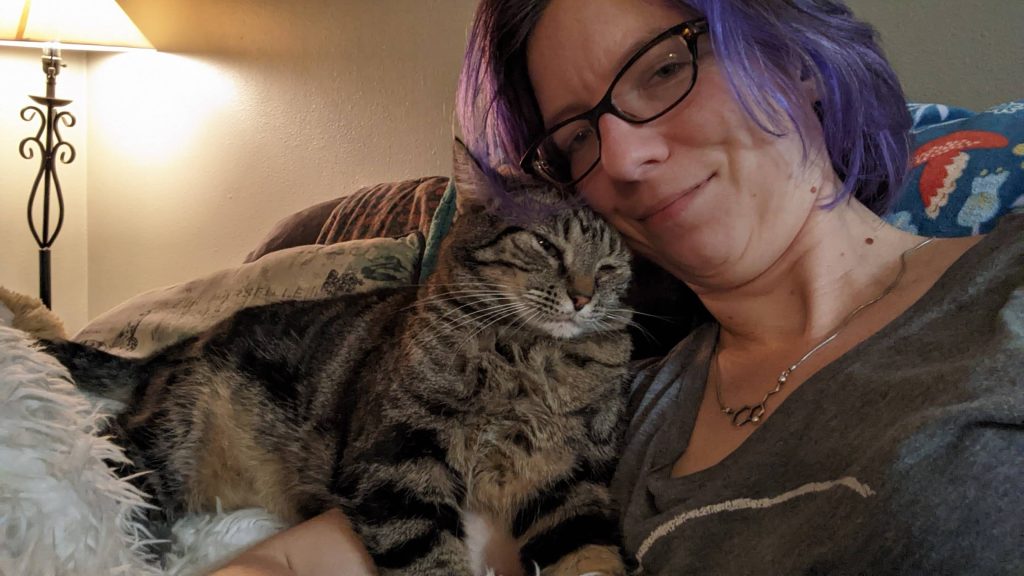Ig Nobel Prize Watch Party Planned for Sept. 14 in Owen Library
One Ig Nobel Prize winner investigated the scientific validity of the five-second rule on whether it’s safe to eat food dropped on the ground. Another electrically monitored the activity of a locust brain cell while the insect was watching selected highlights from the movie “Star Wars.” A third measured the amount of friction between a shoe, a banana peel, and the floor when a person steps on a banana peel.
The 33rd annual unveiling of the Ig Nobel Prizes takes place on Thursday, Sept. 14, via webcast. To locally celebrate the event, Owen Science and Engineering Library is hosting a watch party from 3-4:30 p.m. on the second floor. The party is free and open to the public, and light refreshments will be available.
“The awards make space to acknowledge excellent science that may be overlooked for other prizes because it appears too undignified or absurd,” said Science Librarian Emily Cukier. “They also give scientists a rare opportunity to speak truth to power via irony—like the 2002 Ig Nobel Prize in Economics awarded to the Enron Corp. for the use of imaginary numbers in the business world.”
The prizes started in 1991 to recognize research achievements that make people laugh, then make them think, according to Cukier and the Ig Nobel Prize website. They are named after Ignatius “Ig” Nobel, a distant (fictitious) cousin of Nobel Prize founder Alfred. The name is also a pun on the word “ignoble,” meaning of low birth or common origin.

During the ceremony, the prize winners are announced by actual Nobel Laureates. Other traditions include throwing paper airplanes and Cukier’s favorite part, the speeches.
“Everyone knows award speeches are boring, so the winners only get one minute to speak,” she said. “Most of them are very clever people and like to ham it up. Singing, props, and puns are par for the course.”
In case you’re curious, one Ig Nobel winner went on to win a Nobel Prize: Sir Andre Geim, a Dutch-British physicist working in England in the School of Physics and Astronomy at the University of Manchester. Geim won his Ig Nobel in 2000 for using magnets to levitate a frog. He was awarded the 2010 Nobel Prize in Physics jointly with Konstantin Novoselov for his work on graphene.
Cukier said she hopes scientists and nonscientists alike will find the experience fun and informative. “For science types, I hope it will rekindle the joy and fascination that drew them to science in the first place. In our quest for rigor, it’s easy to lose sight of the bigger picture of why we study what we study. The Ig Nobels force us to remember that science impacts everyday life in clear—and sometimes hilarious—ways.
“For nonscience folks, it’s a great demonstration of how much of the richness of humanity goes into scientific exploration,” she added. “Science isn’t automatic, or robotic, or inevitable. It’s real people with all of their hopes, frustrations, and childlike wonder and glee who ask the questions that drive things forward.”
Asked what her Ig Nobel research endeavor might be, Cukier said her project would be titled “Who’s the bestest kitty? Effects of advance praise on feline behavior.” Her test subject? Cukier’s beloved tabby Dragana.
“I’m always curious about the science of everyday phenomena,” she said. “I tell my cat how awesome she is on a daily basis, without ever stopping to think why I do that. I know she can’t understand me, though she might respond to my tone, and I certainly don’t expect her to behave differently because of what I say. However, it would be fascinating if she did.”